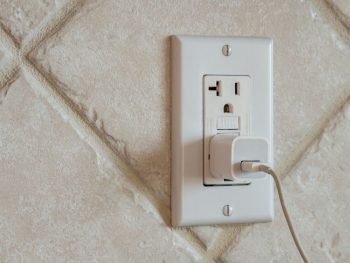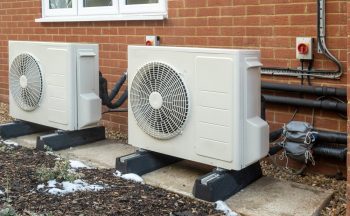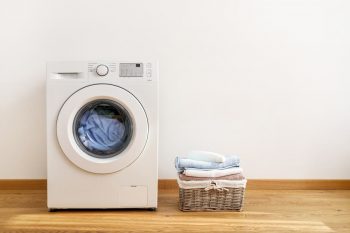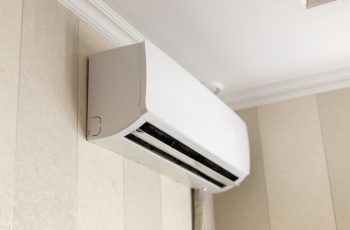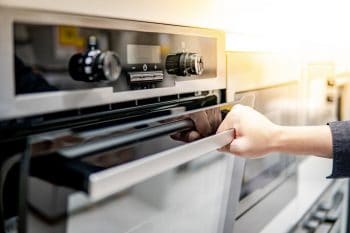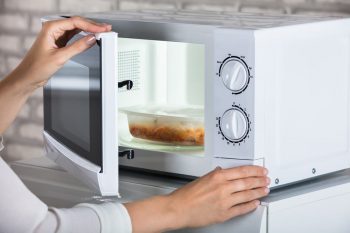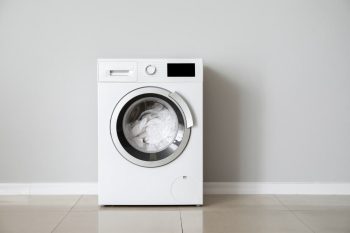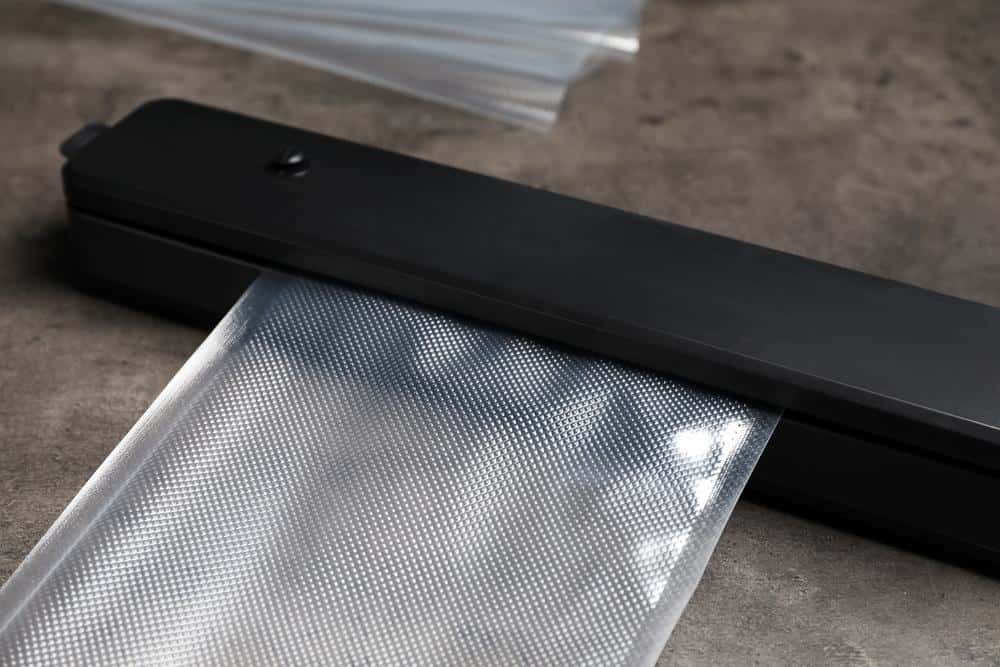
In the world of food storage, vacuum sealing has emerged as an incredibly effective method to preserve food and extend its shelf life. This process involves placing food in a specially designed bag and using a vacuum sealer to remove the air before sealing the bag. The absence of air slows down the oxidation process, which is responsible for food spoilage. But what foods can you vacuum seal? Let’s delve into the specifics.
You can vacuum seal a wide variety of foods to extend their shelf life and preserve their flavor. This includes meats, fish, vegetables, fruits, grains, legumes, hard cheeses, and cooked foods. However, certain foods like raw onions, garlic, mushrooms, and soft cheeses should not be vacuum sealed due to safety concerns. Always follow proper food handling and storage practices when vacuum sealing.
Meats and Fish
Meat, including beef, pork, lamb, and poultry, can be vacuum sealed. This method can extend the shelf life of cuts of meat up to 2-3 years in the freezer as opposed to the mere 6 months with normal storage. Fish, often prone to developing a fishy smell and taste, benefits greatly from vacuum sealing, with its shelf life extending to 2 years in the freezer.
Vegetables
Vegetables like green beans, corn, and carrots can be vacuum sealed and stored in the freezer for up to 2-3 years, compared to 8 months with normal storage. However, it’s important to blanch vegetables before vacuum sealing to maintain their color, texture, and flavor.
Fruits
Fruits can be vacuum sealed to preserve their flavor and texture. For delicate fruits like berries, it’s recommended to pre-freeze them to prevent crushing during the vacuum sealing process.
Grains and Legumes
Grains and legumes such as rice, lentils, beans, and peas can be vacuum sealed to prevent them from becoming stale or infested with bugs.
Cheese and Dairy
Hard cheeses can be vacuum sealed to prevent them from drying out and developing mold. They can last 4-8 months in the refrigerator, compared to 1 month with normal storage. However, soft cheeses like brie, camembert, and ricotta should not be vacuum sealed due to the risk of bacterial growth.
Cooked Foods
Cooked foods can also be vacuum sealed to extend their shelf life and preserve their flavor. This is particularly useful for leftovers and meal prep.
Foods to Avoid Vacuum Sealing
There are certain foods that are not suitable for vacuum sealing. Raw onions, garlic, and mushrooms are among these foods due to botulism concerns. Cruciferous vegetables like cabbage, broccoli, and Brussels sprouts should be blanched, frozen, and then vacuum sealed for storage.
Safety Considerations
While vacuum sealing is an effective way to preserve food, there are some safety considerations to keep in mind. Vacuum sealing does not replace the need for refrigeration or freezing, and certain pathogenic bacteria can survive in the low-oxygen environments created by vacuum sealing. Always follow proper food handling and storage practices, and consume vacuum-sealed food within a reasonable timeframe.
Conclusion
Vacuum sealing is a versatile method that can be used to preserve a wide variety of foods, from meats and fish to fruits and vegetables. Not only does this method extend the shelf life of food, but it also helps maintain its flavor and nutritional content. However, it’s important to follow proper food safety guidelines when vacuum sealing to ensure the quality and safety of your food. Happy sealing!
Frequently Asked Questions
Can I vacuum seal baked goods?
Yes, you can vacuum seal baked goods like breads and pastries. However, delicate items may get crushed during the vacuum sealing process. To avoid this, you can freeze the baked goods first before vacuum sealing them.
How do I clean my vacuum sealer?
To clean your vacuum sealer, unplug it first. Then, wipe the exterior with a damp cloth and mild detergent. For the sealing strip and gasket, you can remove and wash them in warm, soapy water. Make sure to dry all parts thoroughly before reassembling.
Can vacuum sealing prevent freezer burn?
Yes, vacuum sealing can help prevent freezer burn. By removing air from the packaging, vacuum sealing reduces the chance of moisture loss that can result in freezer burn.
Can I re-use vacuum seal bags?
It depends on what was in the bag. If the bag contained raw meats, fish, or dairy products, it’s best not to reuse it due to potential bacterial contamination. If the bag contained vegetables, fruits, or dry goods, you can clean and reuse it.
Can I boil food in vacuum seal bags?
Yes, vacuum seal bags are generally safe for boiling or cooking sous vide. However, you should always check the manufacturer’s instructions to ensure the bags are designed for this use.

